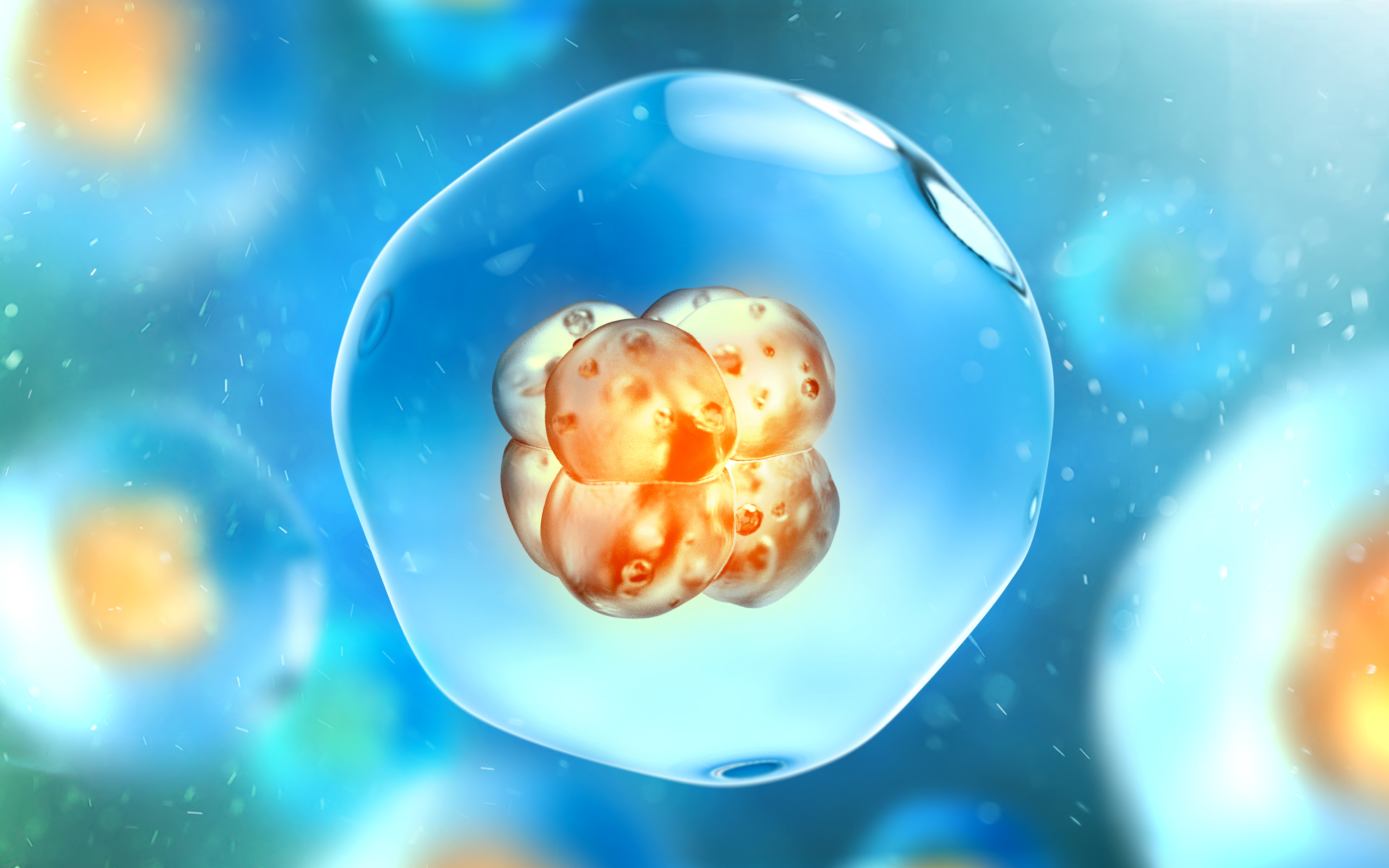When the method of in vitro fertilisation is applied for the treatment of infertility, the overall procedure goes through a number of steps. The adequately trained and vastly experienced doctors at KARE make sure that each of the steps are carried out in the most appropriate way so that there are no complications in the entire process. In the in vitro fertilisation cycle, the matured egg so collected from the females is inseminated with spermatozoa in the laboratory. At the time when the fertilisation occurs, the embryo begins to develop which will ultimately lead to grow into the future baby. This procedure is referred to as embryo culture where the embryo remains for about two to six days in the laboratory which then consists of many cells and just ready to transferred into the womb of the mother.

Blastocyst implantation is referred to as the stage of the embryo after a time period of about five to six days of development where there is rapid cell division. When the conditions are natural, this is basically the stage at which the embryo is perfectly ready to ne implanted in the uterus of the female. But our specialist doctors of Blastocyst treatment at KARE try to create similar conditions as in the human body so that the embryos are able to reach the blastocyst stage in the laboratory. It is a fact that exact recreation of the conditions in the human body is never possible but at KARE, we try our best to create the environment most suitable for the embryo to develop.
Blastocyst transfer as can be understood from the name is the transfer of the embryo in the blastocyst stage to the uterus of the female. In general, the transfer at the blastocyst stage does not create any kinds of problems but it might not be suitable for all the females. This particular transfer depends on two vital things.
1. Number of embryos
2. The quality of embryos that are available on the third day after the eggs are retrieved from the female
The exact timing of transfer is assessed by the specialists at KARE, where they always propose a cycle for each female which will be ideally suited in accordance with the results. The primary area of focus here is to offer the maximum chances of getting pregnant that is overcoming infertility.
Advantage of Transfer of Blastocyst
The transferring of the embryo at the blastocyst stage is done because of the top advantage associated with it. When the embryo is at the blastocyst stage, the embryo is developed more and it is exactly at this phase which is corresponding to its transfer to the uterus of the females. Now, for this reason, the doctors conduct the transfer at the blastocyst stage because it offers the maximum chances of pregnancy. Moreover, in case of in vitro fertilisation with donor eggs, the transfer of the embryo at the blastocyst stage is equivalent to the transfer of two embryos at the third day. Thus, for all in vitro fertilisation treatments with donor eggs, the embryos are necessarily transferred at the blastocyst stage.